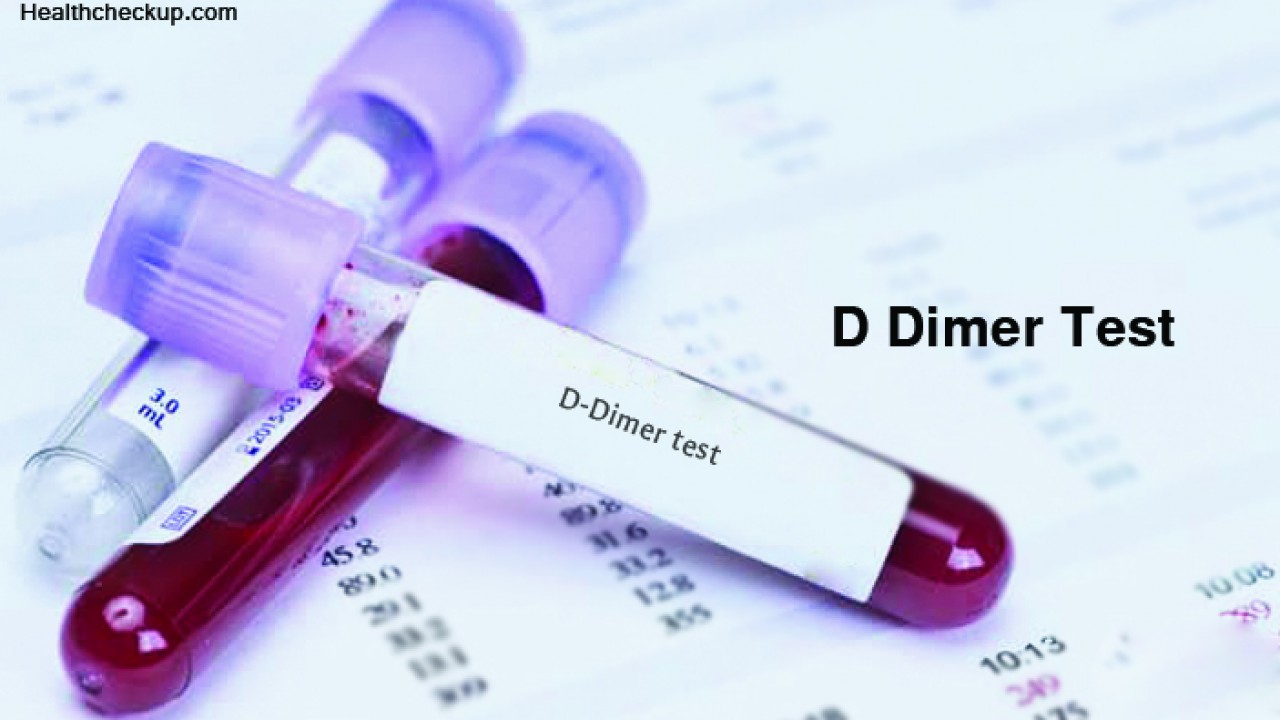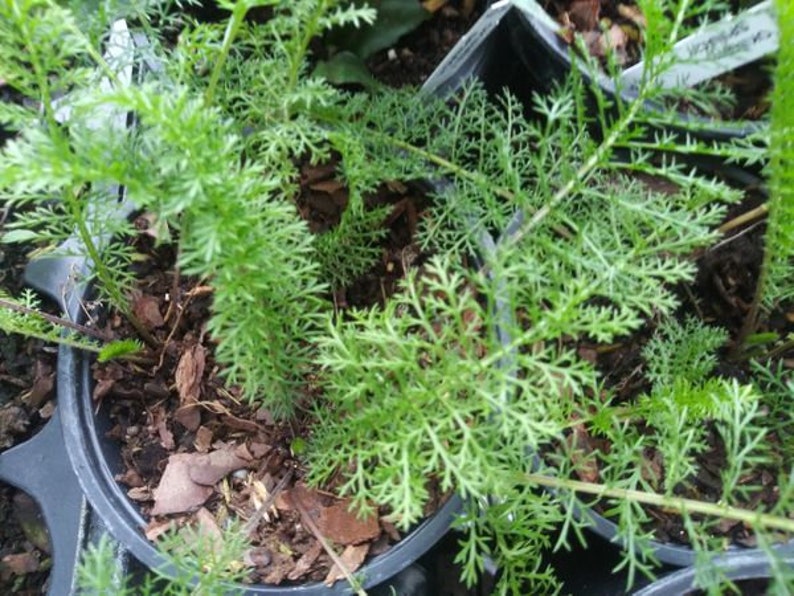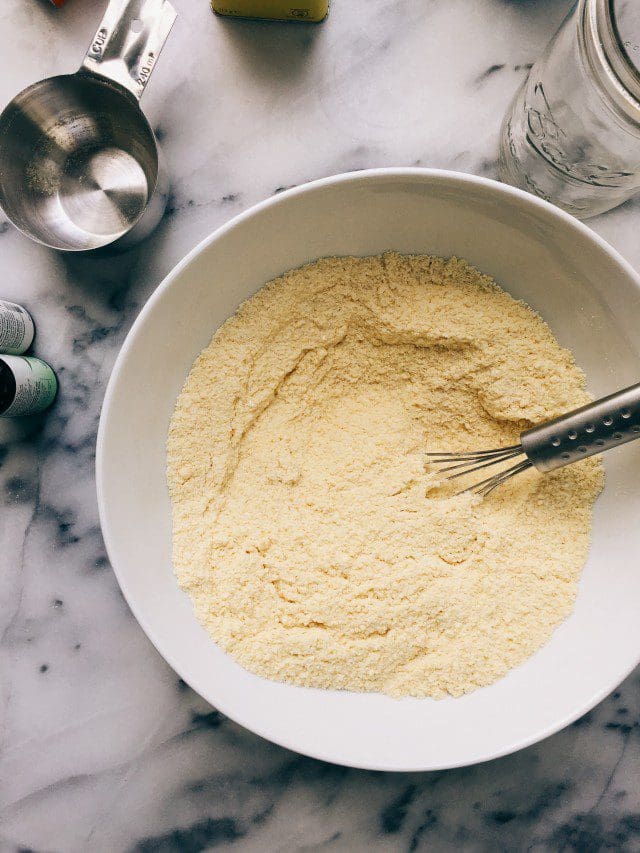“Nature is a totally efficient, self-regenerating system. If we discover the laws that govern this system and live synergistically within them, sustainability will follow and humankind will be a success. Synergy means behavior of whole systems unpredicted by the behavior of their parts.”
― Buckminster Fuller
Although there’s a current flurry of concern about the possible link between blood clots and the Johnson and Johnson vaccine, the reality is that there is a risk of potentially dangerous blood clots and/or platelet disorders with all of the vaccines that are being used for Covid-19.
Generally, with viruses (or anti-viral vaccines), evidence suggests that inflammation of immune and non-immune cells may lead to an imbalance of pro- and anti-coagulant states during infection. Since the endothelium plays an important role in homeostasis regulation, and since it is disrupted in viral infections, risk of hematopathology is imminent. Additionally, viral infection-induced elevation of von Willebrand factor, Toll-like receptor activation, and tissue factor pathway activation may play a role in the coagulant cascade that follows, leading to formation of cross-linked fibrin clots.[1]
A study published in The New England Journal of Medicine details findings in 23 patients who presented with thrombosis and thrombocytopenia 6 to 24 days after receiving the first dose of the ChAdOx1 nCoV-19 vaccine (AstraZeneca).[2] Marie Scully, MD, University College London Hospitals NHS Foundation Trust, London, United Kingdom, and colleagues documented “the detection of anti-platelet factor 4 antibodies, unrelated to the use of heparin therapy, in a mostly young, generally healthy cohort of patients presenting with acute atypical thrombosis, primarily involving the cerebral veins, and concurrent thrombocytopenia…all the patients had D-dimer levels at presentation that were much higher than would be expected in patients with acute venous thromboembolism and are typically seen in patients with cancer.”

If you are getting a Covid vaccine and are concerned about the possibility of blood clots, my recommendation is to get a D-dimer test prior to being vaccinated. The D-dimer test can be useful in detecting whether or not an unusual degree of blood clotting is happening somewhere in the body. Elevated D-dimer levels, could help clinicians to identify at an early stage those patients with COVID-19 who have poor prognosis.[3],[4],[5] D-dimer and hs-CRP levels also predict venous thromboembolism in cancer-associated thrombosis.[6]
D-dimer and hs-CRP levels also predict venous thromboembolism in cancer-associated thrombosis.[7] D-dimer is a fibrin degradation product, a small protein fragment present in the blood after a blood clot is degraded by fibrinolysis. It is so named because it contains two D fragments of the fibrin protein joined by a cross-link. If D-dimer levels are high, I suggest taking blood moving herbs and specific enzymes to support the auto-regulation of blood rheology (the biophysical properties and flow properties of blood).

Strategies for Avoiding Blood Clots
A blood clot, also known as a thrombus, forms when platelets and red blood cells clump together. A blood protein called fibrin is the “glue” that holds them together (the D-dimer test measures levels of fibrin). Fibrin is formed at the site of the clot from a protein called fibrinogen that circulates throughout the blood. There are more than 20 different enzymes needed for the formation of a clot, but plasmin is the only enzyme that has the ability to dissolve fibrin and help break up small clots.[8]
Plasmin is produced in the lining of blood vessels, where its actions are needed. Unfortunately, as we age, our production of this thrombolytic enzyme decreases. To make matters worse, fibrinogen levels increase as we get older. Furthermore, obesity induces plasmin-inhibiting proteins, and the blood protein lipoprotein-a [Lp(a)] blocks plasmin.
Blood rheology (hemorheology), the study of flow properties of blood and its elements of plasma and cells, indicates that hyper-viscosity, hyper-coagulation and being prone to thrombosis is prevalent in the elderly. Acute inflammatory disease can induce an episode of thrombosis. In general, blood stasis, which involves molecular, cellular, and organ systems in a yin/yang auto-regulatory communitive network, is a common pathological syndrome in the elderly. Herbal medicine is supportive in an auto-regulatory network fashion, and many herbs activate blood circulation to counteract blood stasis.
Quercetin, a flavonoid (plant pigment) found in a wide variety of plants & foods, including: onions, apples, green tea, ginkgo biloba, elder berries, and red wine, assists in the auto-regulation of platelet aggregation and in mast cell stabilization, and is beneficial for healthy blood clotting function as well as helping in possible allergic reactions. These are all beneficial to include in the diet, but the easiest way to obtain sufficient amounts of quercetin is through a supplement. The proteolytic enzyme bromelain aids in the absorption of quercetin and also has fibrinolytic properties.
Another potent natural aid for helping to regulate healthy blood clotting are the fibrinolytic enzymes nattokinase (NK) from the Japanese food called natto, and lumbrokinase (LK) from earthworm powder. Both have a long history of safe use in food and traditional medicine, and research studies have demonstrated beneficial effects of NK and LK on several measures of cardiovascular system health. Research shows that even a single-dose of nattokinase appears to enhance fibrinolysis and aid in anti-coagulation via several different pathways simultaneously.[9]

Along with quercetin and fibrinolytic enzymes, herbal formulations that contain blood moving herbs such as saffron, ginkgo biloba, rosemary, gotu kola, salvia miltiorrhiza (red sage), turmeric, notoginseng, ginger, and the isolated compounds vinpocetine and resveratrol are beneficial for healthy blood flow and appropriate blood clotting function.
Herbs should be chosen according to underlying causative factors, specific symptoms and constitutional makeup. These include the extremes of sedentary conditions (such as post-surgical bedrest) or explosive exercise (such as sprinting). Blood levels of iron should be evaluated for an excess or deficiency of iron. And from the perspective of Traditional Chinese Medicine, a lack of heat or too much heat in the blood should be considered. Each of these situations may require additional herbs that address these and other contributing factors.
Saffron is worthy of special consideration in cases of abnormal blood clotting. Although the spice is best known for its culinary uses where it is valued for adding a deep yellow color and warm, aromatic flavor to foods, saffron also has a long history of use as a medicinal herb. Considered to be one of the most precious spices in the world, saffron is derived from the deep red threadlike stigmas of the Crocus sativus flower. Among its many health supportive benefits, saffron is fibrinolytic and reduces plasminogen activator inhibitor-1 activity. The pharmacological effects of saffron are due to a variety of compounds, including safranal, crocetin and crocins.[10],[11]
Relieving Other Side Effects of Covid Vaccines
In addition to the rare but serious risk of blood clots, there are a number of common side effects associated with the Covid-19 vaccines, including fever, chills, headaches, and other flu-like symptoms. Although these transient symptoms are not life-threatening, they can be miserably uncomfortable.
To manage these side effects, I recommend herbs such as propolis, elderberry flower and leaf, forsythia, honeysuckle, yarrow, boneset, and ginger. These herbs are immune supportive and heat removing, and should be taken starting the day before the vaccine and for 2-3 days afterward. The herbs are most beneficial when used in a combination formula, and can be used as a tea or in capsule or tincture form.
Yarrow (Achillea millefolium)

Yarrow (Achillea millefolium) is a prolific and humble herb with immense and diverse healing properties. Like so many common therapeutic herbs, it is seen by many as a second-class herb or weed and is not given the attention it deserves. Yarrow is one of my favorite herbs for easing the symptoms of colds and flus, and it has many additional health benefits that make it useful for a wide variety of health conditions.
Also known as Soldier’s Herb, Yarrow has been used since the time of ancient Greece for staunching the bleeding of wounds. It has been an important herb for the soldier, the healer and the medic, and was carried by field surgeons at the time of the American Civil War.[12]
Even though Yarrow is well-known as a hemostatic herb to help stop bleeding from a wound, it also revitalizes the venous system to remove venous stagnation, reducing pelvic congestion and promoting healthy blood flow.[13] This is a fine example of plant intelligence. Because of its astringent qualities, Yarrow controls passive and capillary hemorrhage, which accounts for its traditional use as a hemostatic.[14]
Yarrow is also a classic diaphoretic, and is always mixed with boneset, elder, and mint to diffuse and channel heat by inducing perspiration, an essential part to quickly overcoming fever without artificially suppressing it.
Yarrow’s flavonoids and sesquiterpene lactone constituents have been found effective in lowering blood pressure and lipids. A double-blind, placebo-controlled trial examined the antihyperlipidemic and antihypertensive effects of Achillea.[15] Yarrow extract also helps to regulate lipid abnormality, blood glucose, and liver enzymes in diabetic animals, and compares favorably to metformin in these actions.[16]
Mustard Baths

Mustard baths are another traditional method for easing the body aches and fever of flu-like symptoms. A mustard powder bath can be used either as a full body bath or as a foot bath. Add 1-2 tablespoons of dried powdered mustard to the hot bath and stir well to dissolve. Essential oils such as eucalyptus and peppermint can be added to further enhance circulation. Start with 5 drops of essential oil (too much peppermint can irritate skin), stir well with your hand, and add a few more drops as necessary. Soak for 10-15 minutes before gently toweling off and resting.
A Smarter Approach to Maintaining Health
The pandemic has been a wake-up call for us individually and collectively. My hope is that we have learned that we cannot simply rely on vaccines alone to save us. With the limitations of vaccines, antiviral drugs, and antibody-based therapeutics, a smarter and cheaper approach to staying healthy should include herbal and nutritional medicine, food medicine using probiotics and prebiotics in the context of a healthy diet, music, yoga, Tai Chi, dance, reading, knitting, cooking and outdoor activities. Most of these modalities have been intuitively developed and used for thousands of years, as illustrated by the fascinating similarity of the Chinese characters for ‘music’ and ‘herbal medicine.’[17]

Cultivating a close relationship with nature by spending time in natural outdoor environments can do wonders for one’s health. Although the world tends to turn toward cures created in a laboratory, there is a great deal of support in the scientific literature for ecological medicines and treatments. For instance, a research study with the whimsical name “The green prescription study” tells stories provided by general practitioners about the health benefits of spending time in nature.[18]
Other studies suggest that children have much to gain from their activities in natural environments, which enhance their emotional well-being and amplify the benefits of physical exercise.[19]
During the lockdown there should never have been closure of outdoor activities; instead we should have been encouraged to be outdoors as much as possible following the 3 C rules: avoid crowded places, closed-contact settings and confined places.

Even paying attention to how you breathe is a helpful tool for staying healthy. Along with improving indoor ventilation, Nobel prize winner Professor Louis Ignarro suggests breathing through the nose as a way to decrease the potential for infection. There’s good science behind this simple recommendation. The nasal cavity is designed to filter, warm, and humidify inhaled air. The sinuses produce nitric oxide (NO), a reactive oxygen species that creates bronchodilatory and vasodilatory effects. Research indicates that NO may reduce respiratory tract infection by inactivating viruses and inhibiting their replication in epithelial cells.[20]
Controlling spread of COVID-19 by better indoor ventilation
Controlling concentrations of indoor respiratory aerosols to reduce airborne transmission of infectious agents is critical and can be achieved through source control (masking, physical distancing) and engineering controls (ventilation and filtration). To reduce far-field airborne transmission of SARS-CoV-2 in small-volume indoor spaces (eg, classrooms, retail shops, homes if guests are visiting), the suggestions include targeting 4 to 6 air changes per hour, through any combination of the following: outdoor air ventilation; recirculated air that passes through a filter with at least a minimum efficiency rating value 13 (MERV 13) rating; or passage of air through portable air cleaners with HEPA (high-efficiency particulate air) filters.[21]
Relationship between ventilation and infectious diseases found that the weight of evidence indicates ventilation plays a key role in infectious disease transmission, citing observational epidemiological studies showing low ventilation associated with transmission of measles, tuberculosis, rhinovirus, influenza, and SARS-CoV-1. All 3 reviews note the limited number of research papers on this topic and limitations of observational data. Sixth, more recently, the National Institute of Allergy and Infectious Diseases cited the importance of adequate ventilation in the suite of COVID-19 control measures,[22] and the Centers for Disease Control and Prevention and the American Society of Heating, Refrigerating and Air-Conditioning Engineers (ASHRAE) support higher ventilation rates and enhanced filtration as components of holistic risk reduction strategies.[23]
My hope and prayer is that traditional approaches and preventive strategies will make an important contribution in our fight with pathogens in the future, and the uncertainties we face in our increasingly complex world.
“Faith is much better than belief. Belief is when someone else does the thinking.”
― Buckminster Fuller
References
[1] Zhou F, Yu T, Du R, Fan G, Liu Y, Liu Z, Xiang J, Wang Y, Song B, Gu X, Guan L, Wei Y, Li H, Wu X, Xu J, Tu S, Zhang Y, Chen H, Cao B. Clinical course and risk factors for mortality of adult inpatients with COVID-19 in Wuhan, China: a retrospective cohort study. Lancet. 2020 Mar 28;395(10229):1054-1062. doi: 10.1016/S0140-6736(20)30566-3. Epub 2020 Mar 11. Erratum in: Lancet. 2020 Mar 28;395(10229):1038. Erratum in: Lancet. 2020 Mar 28;395(10229):1038. PMID: 32171076; PMCID: PMC7270627.
[2] Scully, Marie M.D., Singh, Deepak B.Sc., et. al., Pathologic Antibodies to Platelet Factor 4 after ChAdOx1 nCoV-19 Vaccination, April 16, 2021 DOI: 10.1056/NEJMoa2105385
[3] Stawiarski K, Loutoo A, Velardi L, Zarich S. D-dimer driven deep vein thrombosis prophylaxis strategy for hospitalized patients with COVID-19. Thromb Res. 2021 Apr 9;201:151-153. doi: 10.1016/j.thromres.2021.03.031. Epub ahead of print. PMID: 33862518; PMCID: PMC8032599.
[4] Zhou F, Yu T, Du R, Fan G, Liu Y, Liu Z, Xiang J, Wang Y, Song B, Gu X, Guan L, Wei Y, Li H, Wu X, Xu J, Tu S, Zhang Y, Chen H, Cao B. Clinical course and risk factors for mortality of adult inpatients with COVID-19 in Wuhan, China: a retrospective cohort study. Lancet. 2020 Mar 28;395(10229):1054-1062. doi: 10.1016/S0140-6736(20)30566-3. Epub 2020 Mar 11. Erratum in: Lancet. 2020 Mar 28;395(10229):1038. Erratum in: Lancet. 2020 Mar 28;395(10229):1038. PMID: 32171076; PMCID: PMC7270627.
[5] Stawiarski K, Loutoo A, Velardi L, Zarich S. D-dimer driven deep vein thrombosis prophylaxis strategy for hospitalized patients with COVID-19. Thromb Res. 2021 Apr 9;201:151-153. doi: 10.1016/j.thromres.2021.03.031. Epub ahead of print. PMID: 33862518; PMCID: PMC8032599.
[6] Jara-Palomares, L. et al. D-dimer and high-sensitivity C-reactive protein levels to predict venous thromboembolism recurrence after discontinuation of anticoagulation for cancer-associated thrombosis. Br. J. Cancer 119, 915–921 (2018).
[7] Jara-Palomares, L. et al. D-dimer and high-sensitivity C-reactive protein levels to predict venous thromboembolism recurrence after discontinuation of anticoagulation for cancer-associated thrombosis. Br. J. Cancer 119, 915–921 (2018).
[8] Atallah B, Mallah SI, AlMahmeed W. Anticoagulation in COVID-19. Eur Heart J Cardiovasc Pharmacother. 2020 Jul 1;6(4):260-261. doi: 10.1093/ehjcvp/pvaa036. PMID: 32352517; PMCID: PMC7197600.
[9] Kurosawa Y, Nirengi S, Homma T, Esaki K, Ohta M, Clark JF, Hamaoka T. A single-dose of oral nattokinase potentiates thrombolysis and anti-coagulation profiles. Sci Rep. 2015 Jun 25;5:11601. doi: 10.1038/srep11601
[10] Ghaffari S, Roshanravan N. Saffron; An updated review on biological properties with special focus on cardiovascular effects. Biomed Pharmacother. 2019 Jan;109:21-27. doi: 10.1016/j.biopha.2018.10.031. Epub 2018 Nov 2. PMID: 30391705.
[11] Margaritis I, Angelopoulou K, Lavrentiadou S, Mavrovouniotis IC, Tsantarliotou M, Taitzoglou I, Theodoridis A, Veskoukis A, Kerasioti E, Kouretas D, Zervos I. Effect of crocin on antioxidant gene expression, fibrinolytic parameters, redox status and blood biochemistry in nicotinamide-streptozotocin-induced diabetic rats. J Biol Res (Thessalon). 2020 Mar 2;27:4. doi: 10.1186/s40709-020-00114-5. PMID: 32161725; PMCID: PMC7053078.
[12] Dodson & Dunmire, 2007, Mountain Wildflowers of the Southern Rockies, UNM Press, ISBN 978-0-8263-4244-7
[13] Salehi B, Selamoglu Z, Sevindik M, Fahmy NM, Al-Sayed E, El-Shazly M, Csupor-Löffler B, Csupor D, Yazdi SE, Sharifi-Rad J, Arserim-Uçar DK, Arserim EH, Karazhan N, Jahani A, Dey A, Azadi H, Vakili SA, Sharopov F, Martins N, Büsselberg D. Achillea spp.: A comprehensive review on its ethnobotany, phytochemistry, phytopharmacology and industrial applications. Cell Mol Biol (Noisy-le-grand). 2020 Jun 25;66(4):78-103. PMID: 32583790.
[14] Castleman M. 2009. The New Healing Herbs. Emmaus, PA: Rodale.
[15] Asgary S, Naderi GH, Sarrafzadegan N, Mohammadifard N, Mostafavi S, Vakili R. Antihypertensive and antihyperlipidemic effects of Achillea wilhelmsii. Drugs Exp. Olin. Res 2000:26(3):89-93
[16] Rezaei S, Ashkar F, Koohpeyma F, Mahmoodi M, Gholamalizadeh M, Mazloom Z, Doaei S. Hydroalcoholic extract of Achillea millefolium improved blood glucose, liver enzymes and lipid profile compared to metformin in streptozotocin-induced diabetic rats. Lipids Health Dis. 2020 Apr 27;19(1):81. doi: 10.1186/s12944-020-01228-4. PMID: 32340610; PMCID: PMC7184710.
[17] Dai H, Han J, Lichtfouse E. Smarter cures to combat COVID-19 and future pathogens: a review. Environ Chem Lett. 2021 Apr 2:1-13. doi: 10.1007/s10311-021-01224-9. Epub ahead of print. PMID: 33824633; PMCID: PMC8017513.
[18] Swinburn BA, Walter LG, Arroll B, Tilyard MW, Russell DG., The green prescription study: a randomized controlled trial of written exercise advice provided by general practitioners, Am J Public Health. 1998 Feb; 88(2):288-91.
[19] Seltenrich Kuo M. How might contact with nature promote human health? Promising mechanisms and a possible central pathway. Front Psychol. 2015; 6():1093
[20] Ignarro LJ (2020) The right way to breathe during the coronavirus pandemic. Conversat. https://theconversation.com/the-right-way-to-breathe-during-the-coronavirus-pandemic-140695
[21] Li Y, Leung GM, Tang JW, et al. Role of ventilation in airborne transmission of infectious agents in the built environment: a multidisciplinary systematic review. Indoor Air. 2007;17(1):2-18. doi:10.1111/j.1600-0668.2006.00445.xPubMedGoogle ScholarCrossref
[22] Sundell J, Levin H, Nazaroff WW, et al. Ventilation rates and health: multidisciplinary review of the scientific literature. Indoor Air. 2011;21(3):191-204. doi:10.1111/j.1600-0668.2010.00703.xPubMedGoogle ScholarCrossref
[23] Allen, JG DSc, MPH; Ibrahim, AM, MD, MSc Indoor Air Changes and Potential Implications for SARS-CoV-2 Transmission
JAMA. Published online April 16, 2021. doi:10.1001/jama.2021.5053

Thanks Donnie, Your posts are always so informative and comforting knowing that there are safe ways to support our health through this pandemic. I make my own elderberry syrup. Would that suffice or so you suggest still adding the other herbs as well?
Hi Donnie,
Can you comment on the relevance of thrombocytopenia being present in all the known cases, and if we need to be incorporating botanicals to address that, in addition to the fibrinolytic enzymes?
Thank you Donnie! Great information as always and I LOVE the commonality between the symbols for music and herbal medicine. Makes me think of a song in Hebrew called “Song of the Grasses” which I’ll share with you the next time I see you.
Thanks for this excellent article, Donnie. The information is of vital importance, and it is presented in a clear and motivating way. .